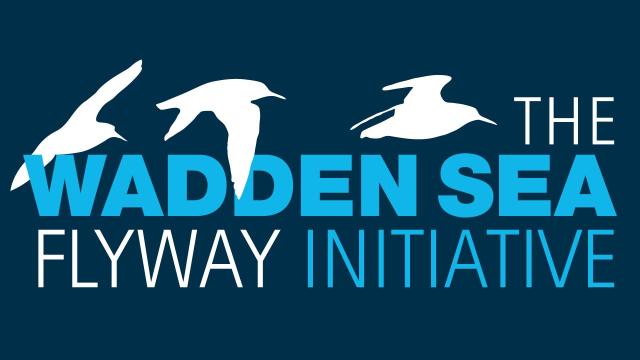
East Atlantic Flyway waterbird monitoring: some statistical challenges and Suggestions
The International Waterbird Census (IWC) is one of the longest-term and largest scale
biodiversity monitoring programs of citizen science, providing data to assess waterbird population trends in support of several international agreements including the African Eurasian migratory Waterbirds Agreement, the Ramsar Convention and the Wadden Sea Flyway Initiative along the East Atlantic Flyway. Biodiversity data collected at large spatial and temporal scales are particularly relevant to provide policy makers with sound recommendations, but they can be challenging to analyze. Several modelling recommendations have been done to ensure the robustness of biodiversity models, and failing to address them can lead to erroneous conclusions Using modelling experiments on IWC data from five example waterbird species from the East Atlantic Flyway (4522 sites, 26 years), we addressed five statistical challenges potentially affecting the estimation of waterbird population trend: 1) zeroinflation, 2) sampling design, 3) detection bias, 4) imputation method and 5) spatial autocorrelation. We discuss these challenges and provide recommendations for future IWC data management and analyses in order to accommodate or mitigate these challenges.
